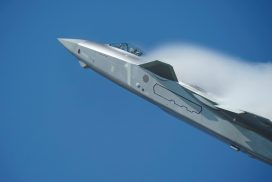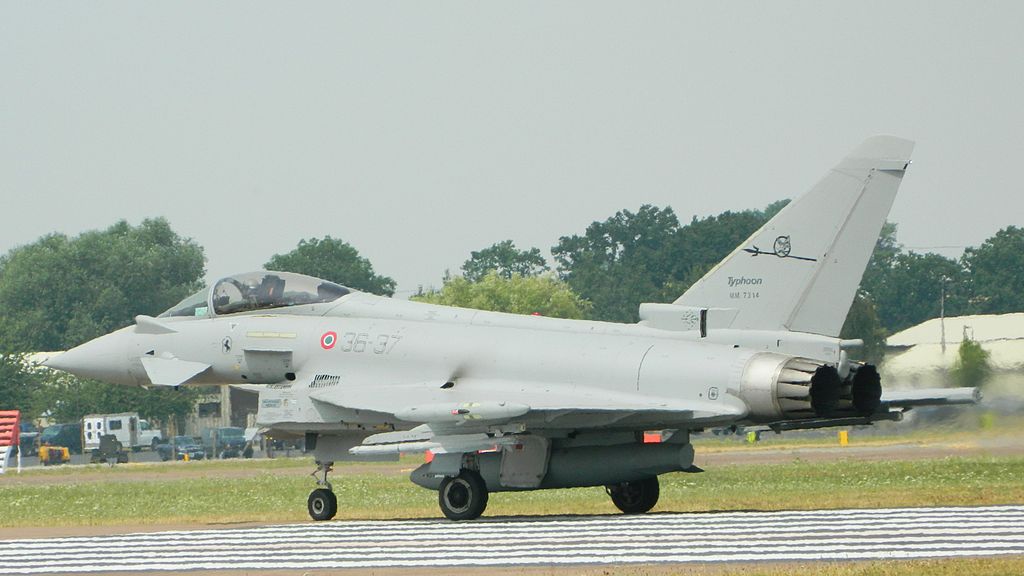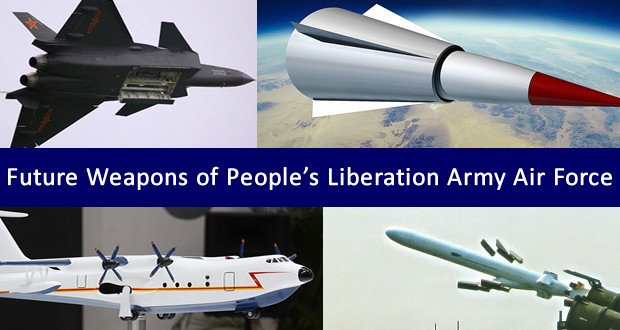pembed src=”http://www.youtube.com/v/n1unLagUlcI” width=”425″ height=”350″ type=”application/x-shockwave-flash” wmode=”transparent”/embed/ppForrestal made history in November 1963 when on the 8th, 21st and 22nd, Lt. James H. Flatley III and his crew members, Lt. Cmdr. “Smokey” Stovall and Aviation Machinist’s Mate (Jets) 1st Class Ed Brennan, made 21 full-stop landings and takeoffs in a C-130 Hercules aboard the ship. The tests were conducted 500 miles (900 km) out in the North Atlantic off the coast of Massachusetts. In so doing, Forrestal and the C-130 set a record for the largest and heaviest airplane landing on a Navy aircraft carrier. The Navy was trying to determine whether the big Hercules could serve as a “Super-COD”, or “Carrier On-board Delivery” aircraft. The problem was there was no aircraft which could provide resupply to a carrier in mid ocean. The Hercules was stable and reliable, and had a long cruising range and high payload.br /The tests were more than successful. At 85,000 pounds (38.6 t), the KC-130F came to a complete stop within 267 feet (81 m), and at the maximum load, the plane used only 745 feet (227 m) for take-off. The Navy concluded that with the C-130 Hercules, it would be possible to lift 25,000 pounds (11 t) of cargo 2,500 statute miles (4,000 km) and land it on a carrier. However, the idea was considered too risky for routine COD operations. The aircraft was also too large to fit on the carrier’s elevators or in its hangars, severely hampering operations. The C-2 Greyhound program was developed and the first of these planes became operational in 1965. For his effort, the Navy awarded Lt. Flatley the Distinguished Flying Cross. The Hercules used, BuNo 149798, was retired to the National Museum of Naval Aviation at NAS Pensacola, Florida, in May, 2003./p
Menu
Copyright © 2007- 2024 • Defence Aviation • All Rights Reserved. Reproduction without explicit permission is prohibited.



